
Eagle Feathers #175 – Free to Fight
By Bob (Monty) Doherty
After the battles of Lexington, Concord, and Bunker Hill were fought, the American colonies found themselves at war with the most powerful army and navy in the world. It was a time when slavery was popular, even in the north. At first, Congress disallowed blacks and Indians from enlisting; but as the war continued, this changed. From the beginning, northern maritime states like Massachusetts and Rhode Island welcomed all volunteers. African Americans had found a freedom and acceptance at sea that was unequaled on land. They had sailed on Massachusetts Maritime ships and from the start, fought as part of the Marblehead Regiment on land and sea. These slave soldiers fought in Minutemen companies and Colonial Army companies throughout the war.
They left their mark:
- Crispus Attucks was a slave and was believed to be the first man to die for American freedom. He was one of five Patriots killed by the British on March 5, 1770 in front of the King Street Custom House. The incident was historically remembered as the “Boston Massacre,” and a memorial honoring him and the four other martyrs is located in The Boston Common.
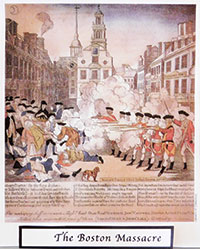
- Prince Estabrook, a slave and member of Captain John Parker’s Minutemen, is honored with a memorial on Lexington green. He was wounded during the battle on the common, a part of America’s first line of defense.
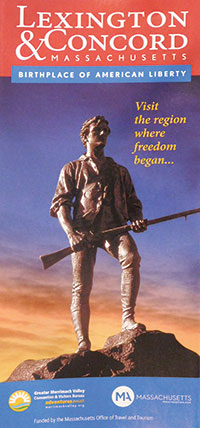
- Peter Salem was a slave who was given his freedom upon enlistment in the Framingham Minutemen Company. He fought at Concord, Bunker Hill, and Saratoga, New York and is depicted in John Trumbull’s famous painting, “The Death of General Warren at the Battle of Bunker Hill, 17 June, 1775.” A United States postage stamp also commemorates his life.
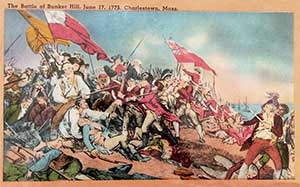
- William “Billy” Lee was a slave at George and Martha Washington’s Mount Vernon estate. He was considered the General’s manservant but was much more. He was his companion, friend, and devoted ally.
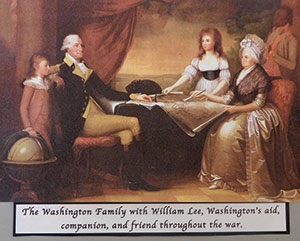
Washington loved horses and was considered by his peers to be the best horseman of his era. Before the war, he and Will, a remarkable horseman, hunted together stride for stride. He accompanied the General throughout the Revolution, beginning with the one-year siege of Boston that was directed from Prospect Hill. Throughout the eight-year war, Will rode with and protected General Washington’s horses, weapons, supplies, telescopes and vital plans.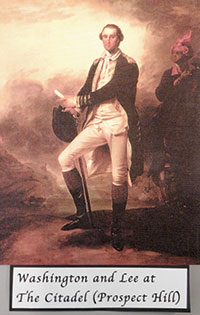
He won his freedom at the end of the war but chose to stay at Mount Vernon. He died eleven years after Washington’s death and spent those years at Mount Vernon giving informational tours on Washington’s life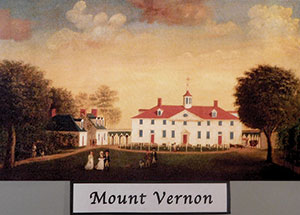















Reader Comments